‘Reviews’ Archives
Brzozowa Street
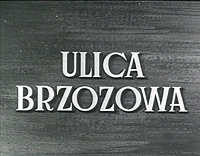
Ulica Brzozowa Poland, 1947, black and white, 9 minsOne of the key documentaries of Poland's post-World War II pre-Stalinism era, Brzozowa Street takes its name and setting from one of the front lines of the Warsaw Uprising of 1944 - just three years before the film was made. Although Warsaw itself (at least according to Jerzy Piórkowski's [...]
The Coal Mine

Kopalnia Poland, 1947, black and white, 10 minsMade the same year as Jerzy Bossak and Wacław Kaźmierczak's The Flood (Powódź), The Coal Mine is a similarly wordless study, this time of miners in action. Using high-contrast lighting, boldly-defined compositions and intensely, almost aggressively rhythmic editing, writer-director Natalia [...]
The Flood
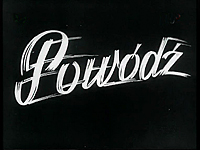
Powódź Poland, 1947, black and white, 13 minsAlthough barely known outside Poland, Jerzy Bossak (1910-89) was one of the key figures in the development of Polish cinema, especially in the immediate postwar period when the industry was getting back on its feet after a near-total shutdown during World War II. In the 1930s, he had been a member [...]
Electra My Love
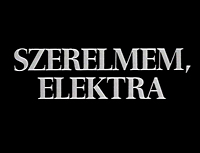
Szerelmem, Elektra Hungary, 1974, colour, 71 mins There was always something inevitable about Miklós Jancsó's Electra My Love (a literal translation of the Hungarian Szerelmem, Elektra, though it's also known as Elektreia). In the films from The Confrontation (Fényes szelek, 1968) to Red Psalm (Még kér a nép, 1971), he had been refining [...]
Red Psalm
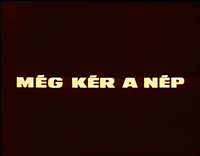
Még kér a nép Hungary, 1971, colour, 84 minsCurrent DVD availability makes it easy to trace Miklós Jancsó's career from his second feature Cantata (Oldás és kötes, 1963) to his sixth Silence and Cry (Csend és kiáltás, 1967) inclusive. But then there's a hiatus, with The Confrontation (Fényes szelek, 1968) and the Italian-made La [...]
Silence and Cry
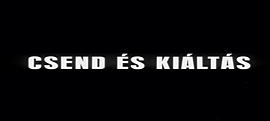
Csend és kiáltás Hungary, 1967, black and white, 76 minsBoth made and set in the same year as The Red and the White (Csillagosok, katonák) - 1967 and 1919 respectively - Silence and Cry returns to the puszta - that great flat Hungarian plain stretching out to infinity - that Miklós Jancsó made such an indelible part of The Round-Up [...]
The Red and the White
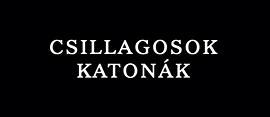
Csillagosok, katonák Hungary/USSR, 1967, black and white, 90 minsSuperficially, it's easy to see why the Soviet Union thought that Miklós Jancsó would be the man to direct a Hungarian-Soviet co-production commemorating the October Revolution's 50th anniversary. With My Way Home, made just eight years after the 1956 uprising, he'd portrayed a [...]
The Round-Up
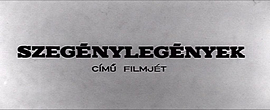
Szegénylegények Hungary, 1965, black and white, 87 minsIt's appropriate that Miklós Jancsó took inspiration for more than one film (Cantata, 1963; Allegro Barbaro, 1979) from the work of his great compatriot Béla Bartók, as in many ways he was attempting to achieve the same with Hungarian cinema as Bartók did with Hungarian music. Though [...]
My Way Home
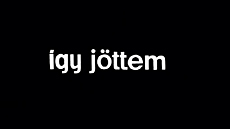
Így jöttem Hungary, 1964, black and white, 102 minsMiklós Jancsó's third feature My Way Home is a key transitional work in his career. Although still not quite past the embryonic stage, his mature style is now clearly visible, and he's already managed to ditch the Antonioni influence that cast a long shadow over its predecessor Cantata [...]
Cantata
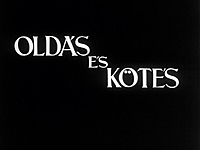
Oldás és kötés Hungary, 1963, black and white, 90 minsMiklós Jancsó’s second feature is, to all practical intents and purposes, his debut, since he has all but disowned his first decade’s output - a large number of documentaries plus a 1958 feature The Bells Have Gone To Rome (A harangok Rómában mentek). Although embryonic glimmerings [...]